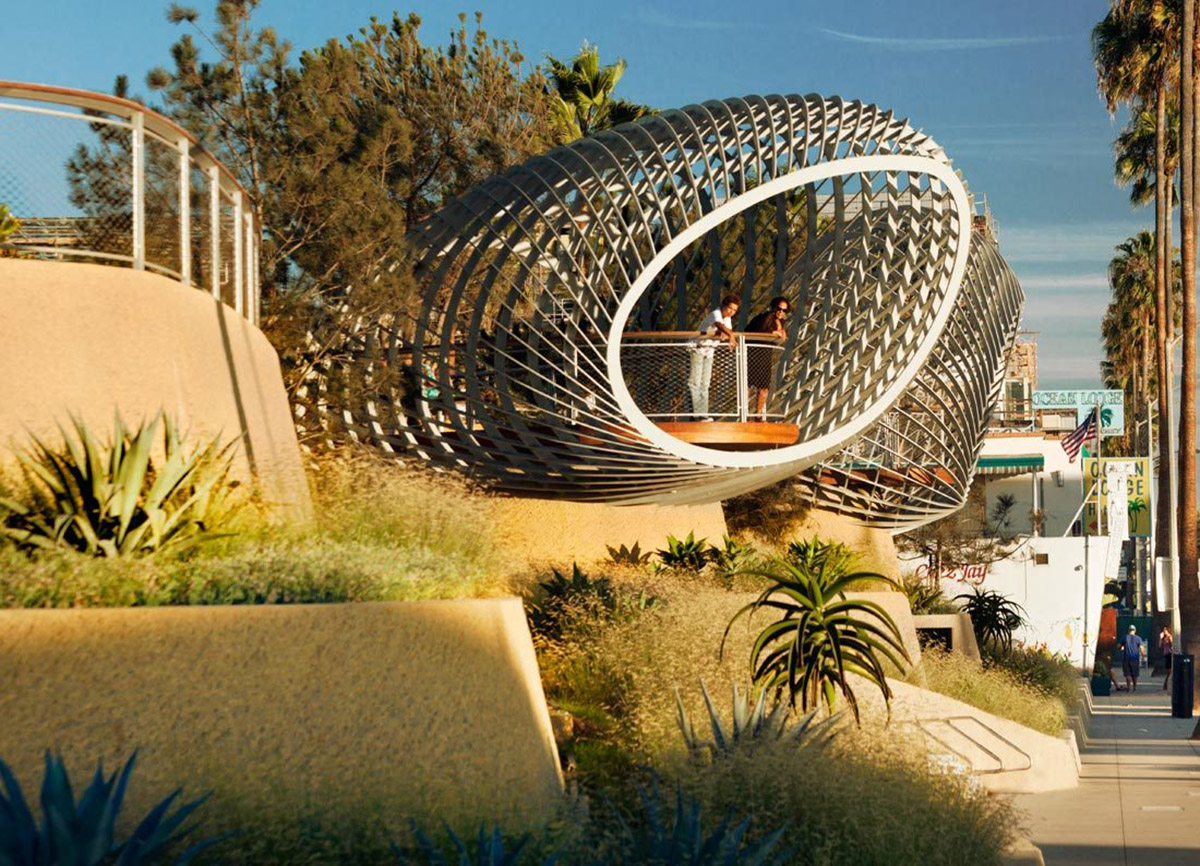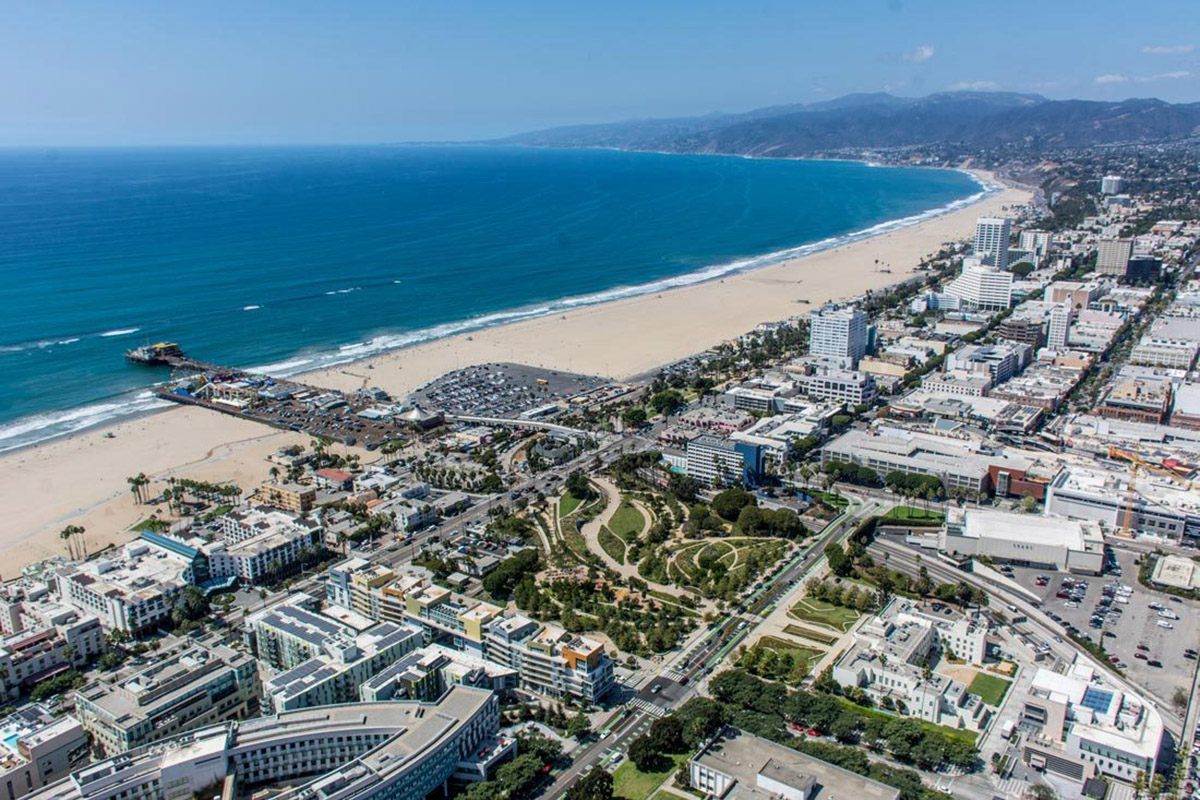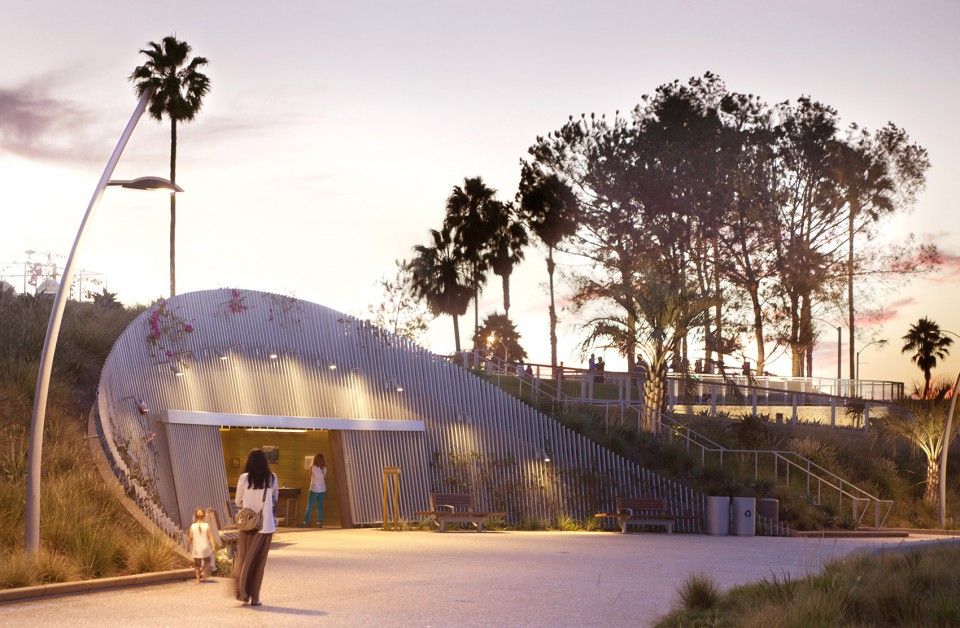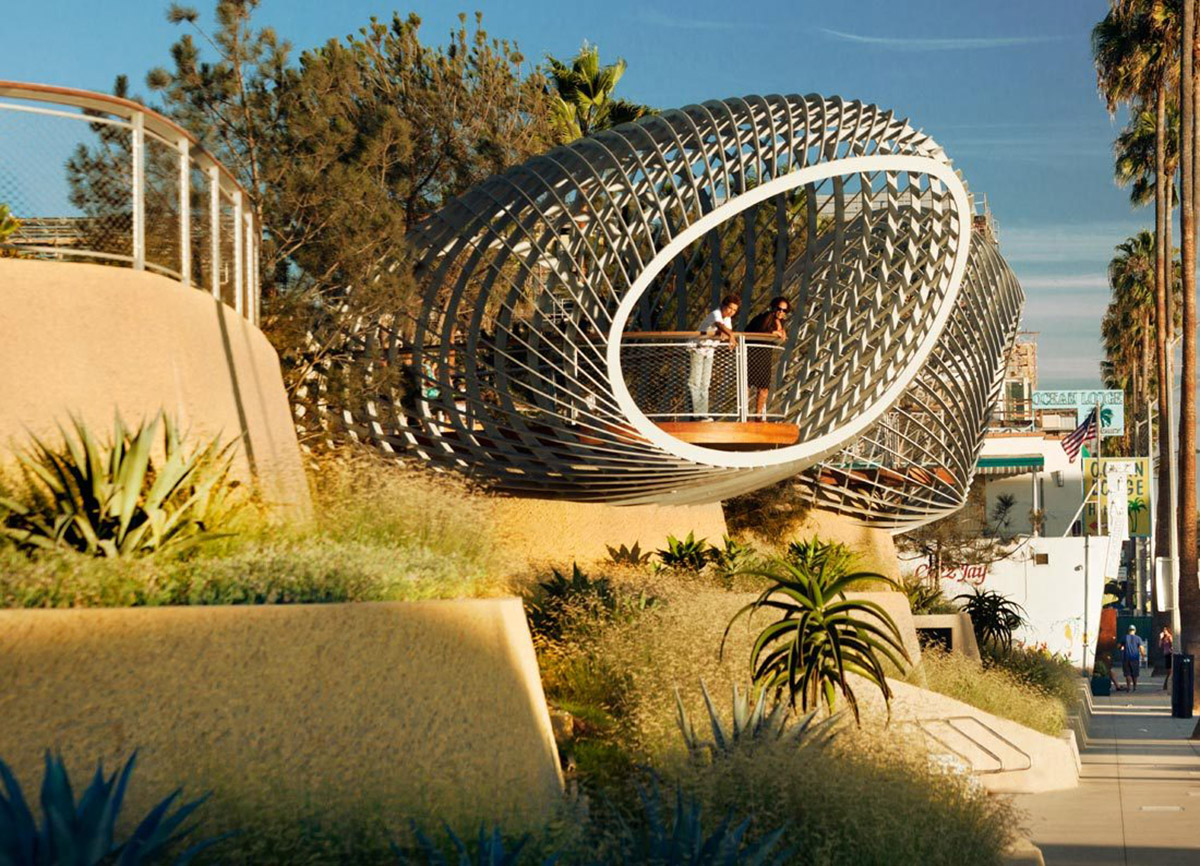Submitted by WA Contents
American Society of Landscape Architects Releases Guide To Universal Design in Landscape Architecture
United States Architecture News - Aug 22, 2019 - 03:13 16298 views

The American Society of Landscape Architects (ASLA) has released a guide to universal design principles in landscape architecture to create more inclusive spaces for underserved communities. The guide highlights innovative landscape designs that make outdoor spaces accessible to all.
Written by Ian Dillon and Jared Green, the article, titled "Professional Practice" and subtitled "Universal Design", highlights the 16 most important points that need to be considered for underserved communities and publicly accessible spaces. Those points start from Disabilities, Aging, Limited mobility, Lack of community access to Neuro-cognitive disorders, Neurodevelopmental and/or Intellectual Disabilities, Multi-Sensory.
"If we want everyone to participate in public life, we must design and build an inclusive public realm that is accessible to all. Public life can’t just be available to the abled, young, or healthy," said the article.
"Everyone navigates the built environment differently, with abilities changing across a person's lifespan. The sizeable global population of people with physical, auditory, or visual disabilities, autism or neurodevelopmental and/or intellectual disabilities, or neuro-cognitive disorders will face greater challenges if we don’t begin to more widely apply universal design principles."

According to the ASLA, one billion people, or 15 percent of the worldwide population, experience some form of disability. The ASLA's new guide explores the multiple ways of universal design regardless of age or ability, which promotes everyone to access the needed space.
"While the legal requirements of the Americans with Disabilities Act (ADA) are typically met in public spaces like parks, plazas, streets, and gardens in the United States, these requirements are a minimum standard for accessibility," stated the ASLA.
"Because of their focus on technical aspects of accessibility over experiential quality, ADA standards often result in spaces that are still very challenging for people with disabilities to access, leaving them physically and mentally disconnected from public life. Many countries do not have basic accessibility requirements."

Tongva Park and Ken Gensler Square, Santa Monica, California. Image © James Corner Field Operations LLC / Steve Proehl
The ASLA, founded in 1899, the American Society of Landscape Architects (ASLA) is the professional association for landscape architects in the United States, representing more than 15,000 members.
The ASLA Guide includes hundreds of freely-available case studies, research studies, articles, and resources from non-profit organizations around the world. Projects and solutions are organized around different types of public space that landscape architects and planners design: neighborhoods, streets, parks and plazas, playgrounds, and public gardens.
Highlighting the issue of Aging, the ASLA stated that "the global population of people over 65 years of age is expected to double, from 8.5 percent to 17 percent, by 2050, totaling 1.6 billion people." Universal design means that everyone, regardless of ability or age, can access and participate in public life.

Image courtesy of Tongva Park and Ken Gensler Square, Santa Monica, California. Image courtesy of James Corner Field Operations LLC
ASLA's guide provides a comprehensive view of which communities are underserved by the built environment. It also offers a set of new universal design principles that address the needs of deaf or hard of hearing, blind or low vision, autistic, neurodevelopmentally and/or intellectually disabled, and mobility-disabled adults and children, as well as concerns for older adults. These include: accessible, comfortable, participatory, ecological, legible, multi-sensory, predictable, and walkable/traversable.
"This guide serves as an entry point into Universal Design, asking designers to assess our existing design models and projects, and to include disabled folks as stakeholders and experts in the design process," said Alexa Vaughn, Associate ASLA, a landscape designer at OLIN.
"As a Deaf landscape designer, I am elated that landscape architects, designers, planners, elected officials, and beyond have started to think about Universal Design."
Landscape architects, urban planners, elected officials, and community advocates can implement these real-world solutions in their communities to ensure that the built environment is accessible to all.
"As our society ages, those of us involved in creating public places must understand the unique challenges that accessing public spaces has for older adults," said landscape architect Brian Bainnson, ASLA, founder of Quatrefoil, Inc. "The simple concepts captured in this guide provide clear, achievable steps that will make our public spaces safer and more accommodating for everyone."

The guide was developed with the assistance of an advisory group that includes disabled landscape architects, designers, and experts: Danielle Arigoni, director of livable communities, AARP; Brian Bainnson, ASLA, founder, Quatrefoil Inc.; Melissa Erikson, ASLA, principal, director of community design services, MIG, Inc.; Emily O’Mahoney, FASLA, partner, Gentile Glas Holloway O’Mahoney & Associates; Clare Cooper Marcus, Hon. ASLA, professor emerita of architecture and landscape architecture and environmental planning, University of California, Berkeley; Danielle Toronyi, OLIN; and Alexa Vaughn, Associate ASLA, Deaf landscape designer at OLIN.
All images © Tongva Park and Ken Gensler Square, Santa Monica, California. Image courtesy of James Corner Field Operations LLC / Tim Street-Porter unless otherwise stated.
> via ASLA